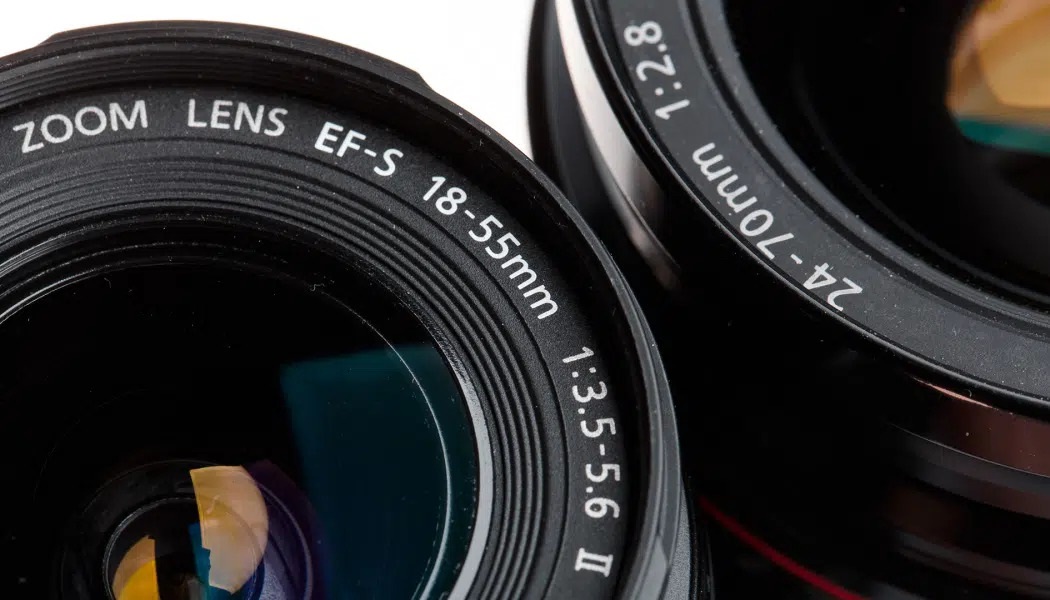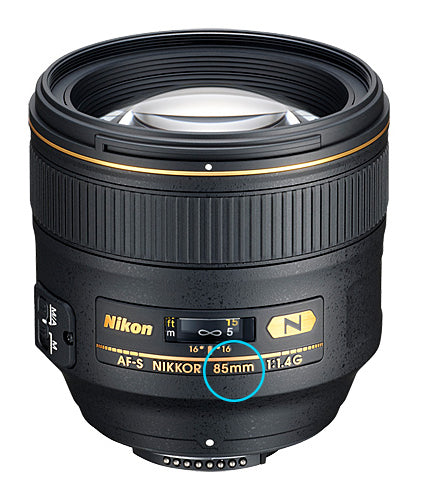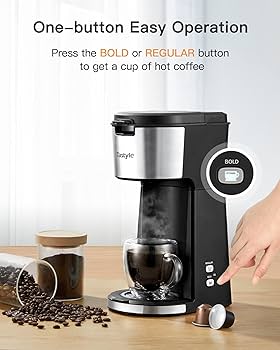Demystifying Camera Lenses: What Does 'mm' Mean?
Introduction
Embarking on a journey into the world of photography involves acquainting ourselves with various technicalities. Of this, camera lenses and the enigmatic 'MM' in their specifications often perplex many enthusiasts. With their significance ranging from impacting lens size to defining the intensity of your shots, understanding what 'MM' means in the context of camera lenses is crucial. Read along, as we shed light on this commonly used term, its relevance, and how it influences your photography.
What Does 'MM' Stand for in Camera Lenses?
The acronym 'MM' in camera lenses, standing for millimeters, has a crucial role to play in the realm of photography. Essentially, it refers to the focal length of the lens, which fundamentally determines the lens's functionality and the kind of images you can capture. But what exactly does this entail? Let's delve deeper:
- Definition: 'MM' quantifies the distance from the lens's optical center, more technically known as the nodal point, to the image sensor when the lens is focused on an object far into the distance, akin to infinity.
- Focal Length Variables: A higher 'MM' value denotes a longer focal length, enabling detailed captures by magnifying far-off subjects. Lower 'MM' values, on the other hand, correspond to a shorter focal length conducive for encompassing a wider field of view in one shot.
- Role in Lens Selection: The 'MM' value becomes a critical consideration when choosing a camera lens. It directly influences the angle of view, depth of field, and image magnification, which are paramount in achieving your desired photographic result.
In essence, understanding the meaning and implications of 'MM' in camera lenses is central to stepping up your photography game. It not only optimizes your lens choice but also enriches the overall visual quality of the images you capture.
Why is Focal Length Crucial in Photography?
The focal length of a camera lens, denoted by 'MM', plays an integral part in photography, directly influencing the final image. Here are the reasons why it's considered essential:
- Determines Angle of View: The focal length defines the lens's angle of view, essentially dictating how much of the scene you can capture in a single frame. Shorter focal lengths provide a broader view, while longer focal lengths yield a narrow, more concentrated view.
- Shapes Depth of Field: Focal length also impacts the depth of field, which is the range of sharpness within a photo. A shorter focal length will result in a larger depth of field, keeping more of the scene in focus. Conversely, a longer focal length narrows the depth of field, blurring out the background while keeping the subject sharp.
- Influences Photographic Composition: By impacting the angle of view and depth of field, the focal length inadvertently shapes the overall composition of your photographs. Thus, it determines the visual relationship between your subject and the background.
- Dictates Perspective: Shorter focal lengths can exaggerate perspective, making objects appear farther apart. Longer focal lengths, on the other hand, can compress the perspective, making objects appear closer together.
In summary, understanding the focal length and its implications on photography can guide photographers to select the right lens 'MM' for their specific shooting requirements, hence enhancing their photographic results.
What Are the Different Ranges of 'MM' in Lens Measurements?
Understanding focal lengths and how they translate into millimeters ('MM') can seem intimidating. However, once you get the hang of it, you'll quickly realize how it contributes to enhancing your overall photography experience. Various lens classifications fall on the 'MM' scale along with types of photography they're most suited for.
1. Wide-Angle Lenses (14mm to 35mm)
- Application: With these lenses offering a broad view, they’re perfect for those atmospheric landscape shots, architectural imagery, or clicking group photos.
- Advantages: They provide an immersive 'step inside' perspective giving images a three-dimensional feel.
- Disadvantages: They may introduce distortion at the edges, particularly in shots involving people.

2. Standard or 'Normal' Lenses (40mm to 60mm)
- Application: These lenses approximate the human eye's perspective and are ideal for everyday photography, including street and documentary photography.
- Advantages: These lenses offer a balance between the subject and background, providing a natural perspective.
- Disadvantages: They lack the drama and exaggeration of wide-angle lenses and the depth compression effect of telephoto lenses.
3. Telephoto Lenses (70mm and beyond)
- Application: Telephoto lenses pull the subject closer and are commonly used for sports and wildlife photography, and portraiture.
- Advantages: They offer a significant subject-background isolation, keep facial features in proportion, and blur the background beautifully.
- Disadvantages: They often demand the use of tripods due to their relatively hefty size and potential camera shake.
4. Zoom Lenses (Variable focal lengths, e.g., 18-55mm, 70-200mm)
- Application: These lenses are versatile workhorses suitable for a range of situations, from wide-angle to moderate telephoto applications.
- Advantages: The flexibility to change focal lengths gives photographers the convenience of capturing a variety of shots without switching lenses.
- Disadvantages: Some zoom lenses may compromise image quality due to the multitude of extra glass inside to cover the focal length range.
Remember, the best 'MM' for you is driven by your photography needs and style. There isn't a 'one-size-fits-all' lens, but knowing your desired field can significantly help in selecting the perfect lens for your photography journey.
How Does 'MM' Influence your Photography?
The value of 'MM' in camera lenses has a paramount influence on the kinds of photographs you can capture. It primarily impacts the scope of your visuals and the type of perspective you choose to display. This impact differs depending on whether the 'MM' value is shorter or longer.
Wide-Angle Lenses: Shorter 'MM' Values (14-35mm)
Wide-angle lenses with shorter 'MM' values tend to exaggerate perspectives, offering an inclusive sense of space. They're the revered choice for capturing:
- Sweeping Landscapes: The broad field view aesthetically holds extensive sceneries and vistas in one shot.
- Large Gatherings: Be it a crowded street or an event; these lenses efficiently include every detail within the frame.
- Tight Indoor Spaces: With their extended field of view, shooting in confined spaces becomes trouble-free.
Telephoto Lenses: Longer 'MM' Values (70-200mm+)
Telephoto lenses with longer 'MM' values embrace the opposite technique, where they compress and flatten perspectives. The characteristics of these lenses favor:
- Portraiture: Longer 'MM' values soften facial features and beautifully blur the background to highlight the subject.
- Sports: Allows for capturing fast-moving distant subjects sharply
- Wildlife: Ideal for capturing close-up shots of animals from a safe distance.
Zoom Lenses: Variable 'MM' Values
Zoom lenses come with flexible 'MM' values, bestowing versatility to your photography. Here, the focal length adjusts according to the scenes. These variable 'MM' lenses are preferred for:
- Dynamic Scenes: They provide the flexibility to switch from capturing a broadscape to focusing on a specific detail instantly.
- Versatile Photography: These lenses are ideal for situations where you might want to capture wide shots and close-ups consecutively.

In summary, 'MM' is a valuable indicator in photography; it charts the path of your visual story, urging you to either focus on intricate details or encapsulate a larger perspective. As such, knowing how 'MM' can influence your photography will substantially refine and enrich your camera work.
How to Select the Right 'MM' as per your Photography Needs?
Selecting the most suitable 'MM' lens involves understanding your photography style and requirements. The unique features that different focal lengths offer can vastly influence the type of images you capture. Let's break down the lens' 'MM' according to the style of photography:
1. Landscape or Architectural Photography: If your main focus is wide panoramic landscapes or architecture, a lower 'MM' wide-angle lens (14-35mm) will serve you the best. It creates an immersive, inclusive sense of space, capturing more on your frame.
2. General Photography: For everyday casual photography, mid-range 'MM' lenses (35-70mm) are an ideal choice. They offer a balanced view, similar to the human eye's perspective.
3. Portrait Photography: If you lean towards portrait shots, consider using higher 'MM' lenses (85-135mm). These lenses provide a flattering perspective, isolating the subject and blurring the backdrop.
4. Sports or Wildlife Photography: If you want to capture distant subjects sharply, like in sports or wildlife photography, a lens with an 'MM' value above 300mm is recommended.
Remember, the type of photography you are most into should dictate your choice of lens 'MM'. By understanding this aspect, you can significantly enhance your photography skills and capture extraordinary shots.
Conclusion
Understanding the 'MM' in camera lens specifications is fundamental to shape your photographic vision. This single value significantly influences the type of photographs you can capture, emphasizing either detail or perspective. So, whether you're an amateur photographer or a seasoned professional, knowing your 'MM' necessities can elevate your photography journey, ensuring every moment you capture is exceptional.
Related FAQs about what does mm mean camera lens
What is the impact of 'MM' on image quality?
'MM' represents the focal length, significantly affecting the depth of field, perspective, and field of view in photos. While it doesn't directly impact image quality like resolution or sharpness, it influences the composition and feel of the photo, indirectly affecting perceived image quality.
Why do photographers need to understand 'MM' in lenses?
The 'MM' in lenses aids photographers in choosing the appropriate lens for their desired shots. Understanding 'MM' allows photographers to produce specific visual effects, control depth of field, manipulate perspective, and decide how much of the scene will be captured.
How does the 'MM' value differ in wide-angle and telephoto lenses?
In wide-angle lenses, 'MM' values are generally lower (14-35mm) providing a broader perspective. Telephoto lenses, on the other hand, have higher 'MM' values (70mm and beyond), magnifying distant subjects by offering a narrow field of view.


